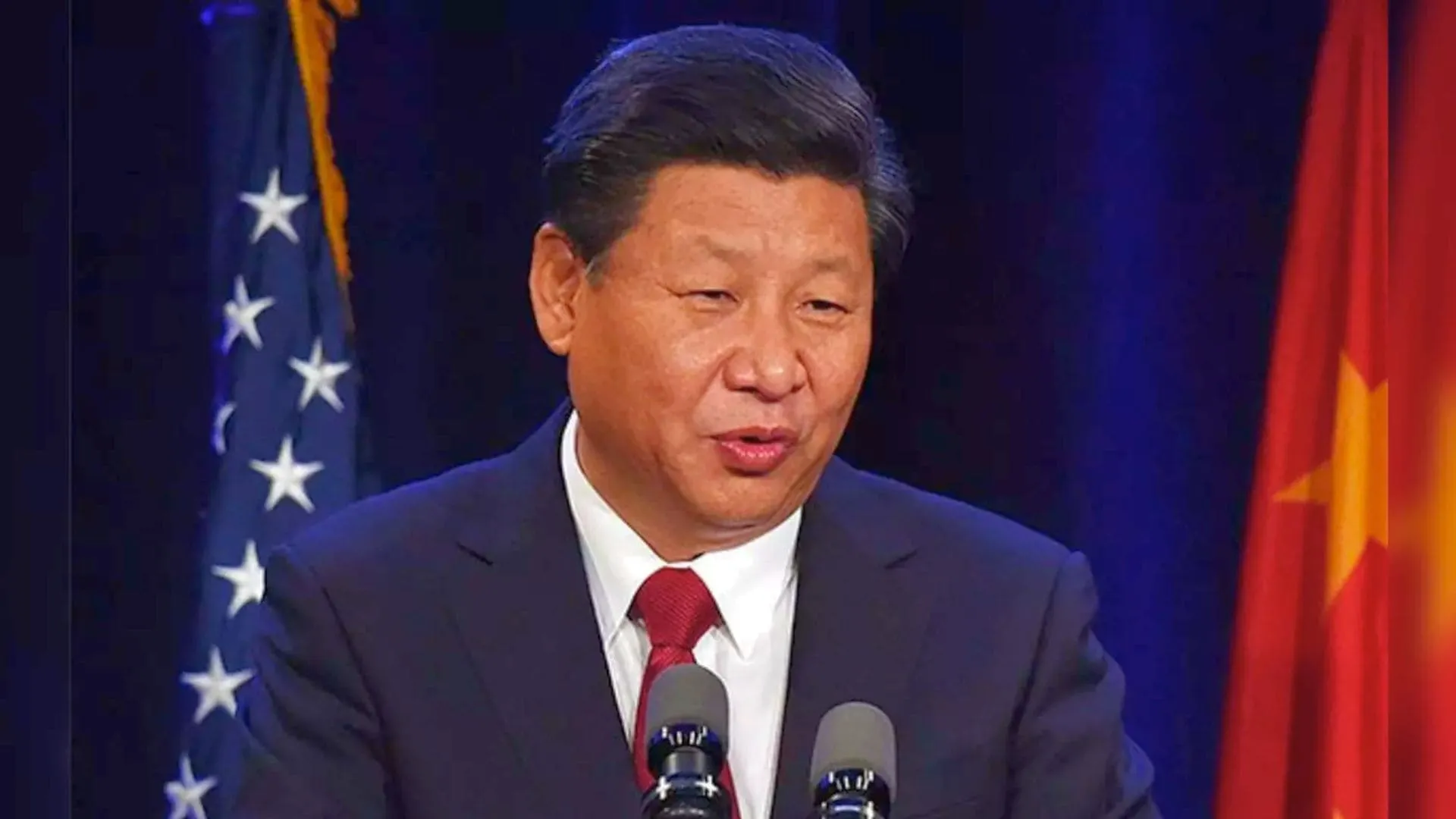Chinese President Xi Jinping, in April 2025, initiated a Southeast Asian diplomatic tour with visits to Vietnam, Malaysia, and Cambodia. The trip seeks to present China as a reliable and stable ally for countries dealing with the economic impact of President Donald Trump’s newly levied tariffs.
The tariffs, aimed at a broad spectrum of international imports, have been especially brutal on Southeast Asian nations that depend heavily on exports to the U.S. Xi’s visit offers China as a more stable option in this increasingly unstable economic environment, while at the same time bolstering Beijing’s economic and geopolitical clout in the region.
Impact of Trump’s tariffs on Southeast Asia
Southeast Asia’s export-driven economies have been on the receiving end of Trump’s blanket tariff policy. Vietnam, for example, has a 46% tariff imposed on it, Malaysia 24%, while Cambodia has 49%. The tariffs have mixed up supply chains going into the US, with these countries racing to find new destinations for their exports.
Countries like Vietnam, Malaysia, and Cambodia rely on the US market for a significant portion of their exports, so these tariff hikes have strained their economies. With these trade barriers in place, governments in these countries are actively seeking new markets, and China’s growing influence presents itself as an increasingly attractive alternative.
China’s strategic engagement: Offering stability amid uncertainty
Xi Jinping visit to the region represents a strategic push to consolidate China’s place as a long-term, stable economic partner. In Vietnam, Xi Jinping presided over the signing of several agreements, including a key $8.3 billion railway project connecting northern Vietnam to China.
The project is financed mainly by Chinese loans, marking the country’s place in constructing key infrastructure in Southeast Asia. Similarly, Xi’s visits to Malaysia and Cambodia have been marked by new pledges for Chinese investments in infrastructure, manufacturing, and technology sectors.
This strategic engagement aims to counterbalance the economic turbulence resulting from US tariffs, offering Southeast Asia a more predictable partner.
Southeast Asia’s diplomatic approach
Southeast Asian countries are not blindly aligning with China despite the financial allure. These nations, aware of China’s growing influence, remain cautious and continue to hedge their bets diplomatically. Vietnam, for example, has signaled that it is keen on strengthening its relationship with the US, even as it welcomes China’s offers of investment.
In the face of significant uncertainties brought by trade frictions, a Chinese expert said it is important to strengthen win-win cooperation between China and Southeast Asia, including Vietnam. The enhanced cooperation can provide both China and its Southeast Asian partners with… pic.twitter.com/zoeDaadk1W
— Global Times (@globaltimesnews) April 13, 2025
Hanoi has moved to remove tariffs from American products and has dispatched high-level missions to Washington to establish a dialogue. Likewise, Malaysia and Cambodia have also had a tenuous relationship, accepting Chinese economic aid while keeping the lines open for US involvement.
This is done out of a fear of being overly reliant on a single power and what the long-term repercussions of such an economic partnership would be.
Supporting multilateralism and stability of trade
Xi Jinping’s tour of Southeast Asia is as much a matter of economic diplomacy as promoting China’s position on multilateralism and the stability of global trade. In his visits, Xi has always pushed for the openness of markets and cooperation versus protectionism.
He stressed that the benefits of global trade were mutual, as he contended that trade wars and tariffs adversely affected all concerned. China’s rhetoric is a striking contrast to Trump’s “America First” protectionist policies, positioning Beijing as a global leader championing a more stable and interconnected global economy.
Southeast Asian countries, already bearing the impact of US tariffs, are becoming ever more amenable to China’s message of trade stability.
Shifting trade landscape in Southeast Asia
Xi Jinping’s Southeast Asian diplomatic push is a direct counter to the economic uncertainty created by US tariffs. China is presenting itself as a stabilizing influence in the region through long-term investment in trade and infrastructure.
But Southeast Asian countries are walking a tightrope between their delicate relationships with both China and the US. They are opening their arms to China’s economic advances while also striving to stay close to Washington.
This delicate balancing act will shape the path of the region’s economy, and how the US, China, and Southeast Asia interrelate during the next several years will condition the larger landscape of global trade























